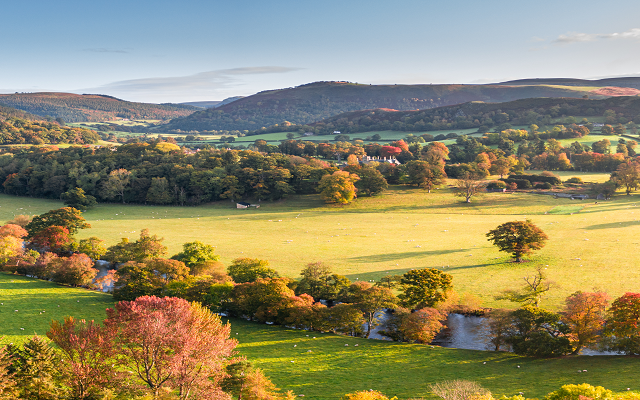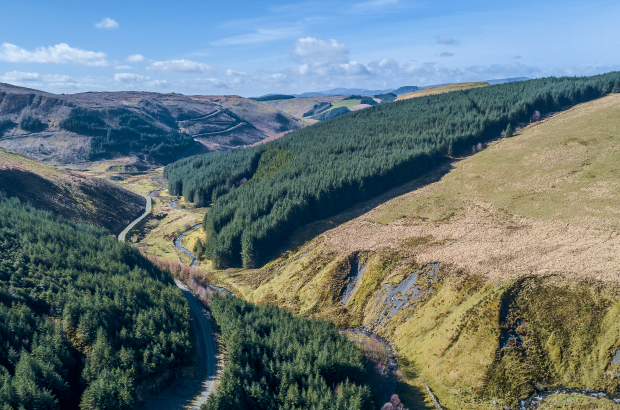Using a natural capital account to help strategic planning
Natural capital has been a topic of conversation in the rural sector for at least a decade, but to date the number of farms and estates actively engaged in measuring and monitoring their natural capital has been minimal.
However, things are starting to change with many land managers conscious that they need a better understanding of how the value of the benefits that they provide in terms of delivering ‘public goods’ like food, carbon sequestration, biodiversity and public access, compares with the disbenefits associated with their activities, such as the generation of diffuse pollution and greenhouse gas emissions.
There is a combination of motivational factors in play. For some land managers the priority is improving their environmental impact and finding ways to build more resilient businesses in response to the pressures of climate change. Others are perhaps more focused on the financial gap that will be left as direct payments are phased out and are exploring whether the management of natural capital assets could be an opportunity to generate new income streams.
A natural capital account is a tool which is highly relevant and useful as farms and estates plan for the future.
Strutt & Parker has been collaborating with market-leading environmental economists eftec since 2019 to produce natural capital accounts which provide quantifiable information about a businesses’ impact on nature to aid short- and long-term decision making.
Download our quick guide to our natural capital accounting offer to find out more on:
- What does one of our natural capital accounts look like?
- How do we go about the process of measuring natural capital?
- What does it tell land managers?
- What’s the difference between a carbon footprint and a natural capital account?
- What might be the financial return from getting an account produced?






